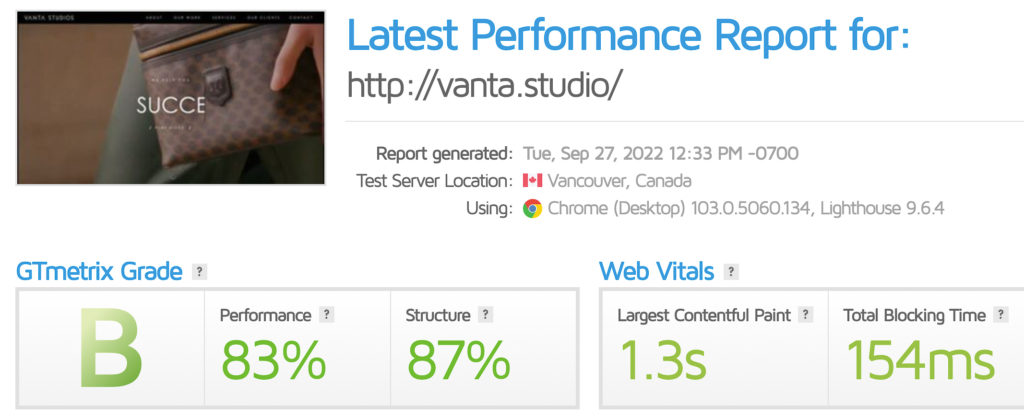What is On-page SEO?
On-page SEO is one of the most important aspects of search engine optimization. It refers to all the factors on your website that affect your rankings in search engine results pages (SERPs). This includes things like your title tags, meta descriptions, header tags, and image alt tags. But, of course, it also includes your content itself. Optimizing all these elements makes your website more visible and attractive to search engines and visitors. As a result, you’ll see a boost in your traffic and your bottom line. So if you’re not already doing on-page SEO, now is the time to start.
Why is Regular On-page SEO Important?
With regular updates to Google’s algorithm, we understand those updates and leverage them yields results. So the better Google understands your intent and content, the better job it will do with presenting it in the rankings to its users.
A Guide to On-page SEO

Use Target Keywords Up-front
You already have your keyword research in place, and you are ready to assign your phrases accordingly across your website. If you need help with SEO, checkout how our Los Angeles SEO agency can help. Using your main target keyword in the first paragraph makes your topic and purpose clear to readers and SERPs. You want to implement semantic and related keywords built around your topic throughout your content. However, you never want to get close to keyword spamming. Still write for readers.
Meta Tags
Make sure you use H1 and H2 tags accordingly for titles and subtitles. H1 is the main topic, H2 is the subtopic, and H3 is the additional subtopic. Google cares about UX. So, mobile if users can find a massive wall of hard-to-read copy, then that can negatively impact your rankings. Keywords perform well when marked with the appropriate title tags. Meta descriptions do not contribute to rankings but provide a positive UX and improve CTRs.

Internal Linking & Backlinks
Linking from high-authority, well-performing content to other pages on your website can provide a well-needed boost. Every page should be linked from at least one page. Otherwise, it will be labeled as an orphaned page. Outbound links from your website provide no value to you. In addition to helping Google understand you, internal links can reduce your bounce rate by keeping users engaged.
URLs

These are not as powerful when you load them with the keyword phrase as they used to be, but it is still a great practice.
Title Tags
This is a prime ranking area to include keyword phrases.
Unique content
Content is everything. Google’s sole job is to provide its users with the most relevant and valuable information they are searching for. Optimized and unique content is authoritative text backed up by keyword research. Semrush has an excellent SEO Writing Assistant tool where you can gauge how optimized your content is for SEO purposes.
Image Optimization
Images should elevate your content. Graphics also work great, and you can use them across social media. How do you optimize your images? First, make sure they load quickly and activate “lazy-loading.” Next, make sure your alt tags are descriptive. When you select titles and file names of your images, use your assigned keywords.
Optimize for User Engagement
Copy and Images should keep the user engaged. Decreasing the bounce rate and keeping them on the page is critical. When you do this, Google notices your content as valuable, creating a relationship with the visitor you want to convert into a customer. You want to improve your users’ “dwell” time.
How to boost engagement:
- Use clear headlines so that the topic is clearly understood.
- Make bullets and lists so that your content can be scanned with ease.
- Use plenty of videos, graphics, and images throughout your content.
- Create plenty of CTAs that lead to related content.
- Make sure your web design layout is clean so users don’t get distracted from your content.
- Make sure your page speed is lightning fast!
“Above the Fold”
In the publishing world, featured stories were located above the fold of a newspaper. Important stories go here, and readers would not have to unfold their newspaper to see more.
Good above-the-fold content on your web pages should include internal links to other pages, H1, and be SEO optimized. How important is proper web design? See our guide on How Professional Web Design Directly Impacts Business Success. You can improve your SEO rankings with strong copy, formatting, and CTAs above the fold. Semrush has a great SEO Writing Assistant.
ADVANCED ON-PAGE SEO TACTICS
Featured snippets
These appear above other organic search results, making them incredibly valuable. Here are the various forms of featured snippets:
- Definitions
- Tables
- Lists
- Videos
Featured snippets appear in “position 0”, resulting in a benefit with your CTR. You can use Semrush’s Positions, Tracking Tool, to view existing featured snippets.

Schema Markup
These are digital roadmaps for Google bots to crawl, index, and render. Schema markup is a tech language of its own. The coding vocabulary is known as structured data. Some are as follows:
- Events
- Products
- People
- Local businesses
- Organizations
- Reviews
- Recipes
- Medical conditions
- And more
Google has a Schema Markup Testing tool that ensures proper Schema Markup. Also, use Semrush’s Site Audit to identify any issues.

Page Speed
Google cares about this. Use their PageSpeed Insights tool to understand how your website loads on mobile and desktop, along with valuable advice on improvements.

Clearly, On-page SEO is Extremely Valuable and Effective
Optimizing your website for Google can improve all of these metrics and get more traffic, leads, and sales from search engines. So if you’re not already doing on-page SEO, now is the time to start. We are a Los Angeles Full-Service Marketing Agency. If you need any help, shoot us an email at hi@vanta.studio or call us at (424) 259-3748.